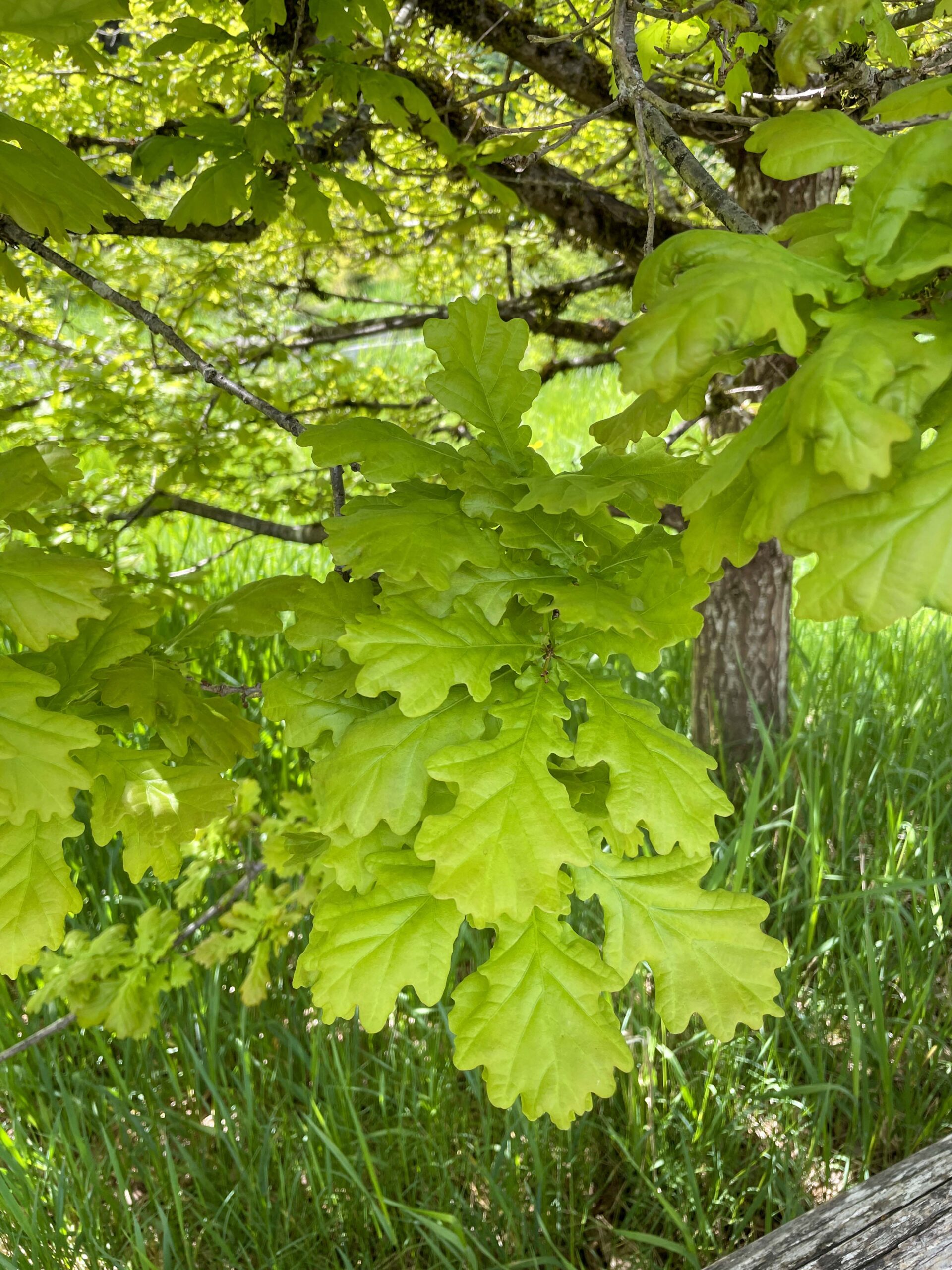 UNIVERSITY PARK, Pa. — A debate continues among scientists over whether tree composition in forests in eastern North American historically have been influenced more by climate or by cultural burning, which is the intentional and controlled use of fire by Indigenous people to manage their environment. A new study of southern New England forests … lends credence to the cultural burning hypothesis, suggesting that fire-tolerant vegetation — oak, hickory and pine — were significantly more abundant near Indigenous settlements over the last 5,000 years. “The results of this study strongly suggest that Native Americans extensively use fire and other disturbances such as land clearing for villages, agriculture and trails, and both directly and indirectly promoted fire-adapted trees,” said study co-author Marc Abrams, Penn State professor emeritus. “These trees were very important to the Native American diet because of the mast — nuts and acorns — they produced.”
UNIVERSITY PARK, Pa. — A debate continues among scientists over whether tree composition in forests in eastern North American historically have been influenced more by climate or by cultural burning, which is the intentional and controlled use of fire by Indigenous people to manage their environment. A new study of southern New England forests … lends credence to the cultural burning hypothesis, suggesting that fire-tolerant vegetation — oak, hickory and pine — were significantly more abundant near Indigenous settlements over the last 5,000 years. “The results of this study strongly suggest that Native Americans extensively use fire and other disturbances such as land clearing for villages, agriculture and trails, and both directly and indirectly promoted fire-adapted trees,” said study co-author Marc Abrams, Penn State professor emeritus. “These trees were very important to the Native American diet because of the mast — nuts and acorns — they produced.”